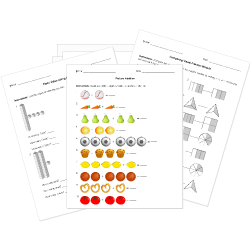Common Core Standard CCRA.R.9 Questions
Analyze how two or more texts address similar themes or topics in order to build knowledge or to compare the approaches the authors take.
You can create printable tests and worksheets from these questions on Common Core standard CCRA.R.9! Select one or more questions using the checkboxes above each question. Then click the add selected questions to a test button before moving to another page.







